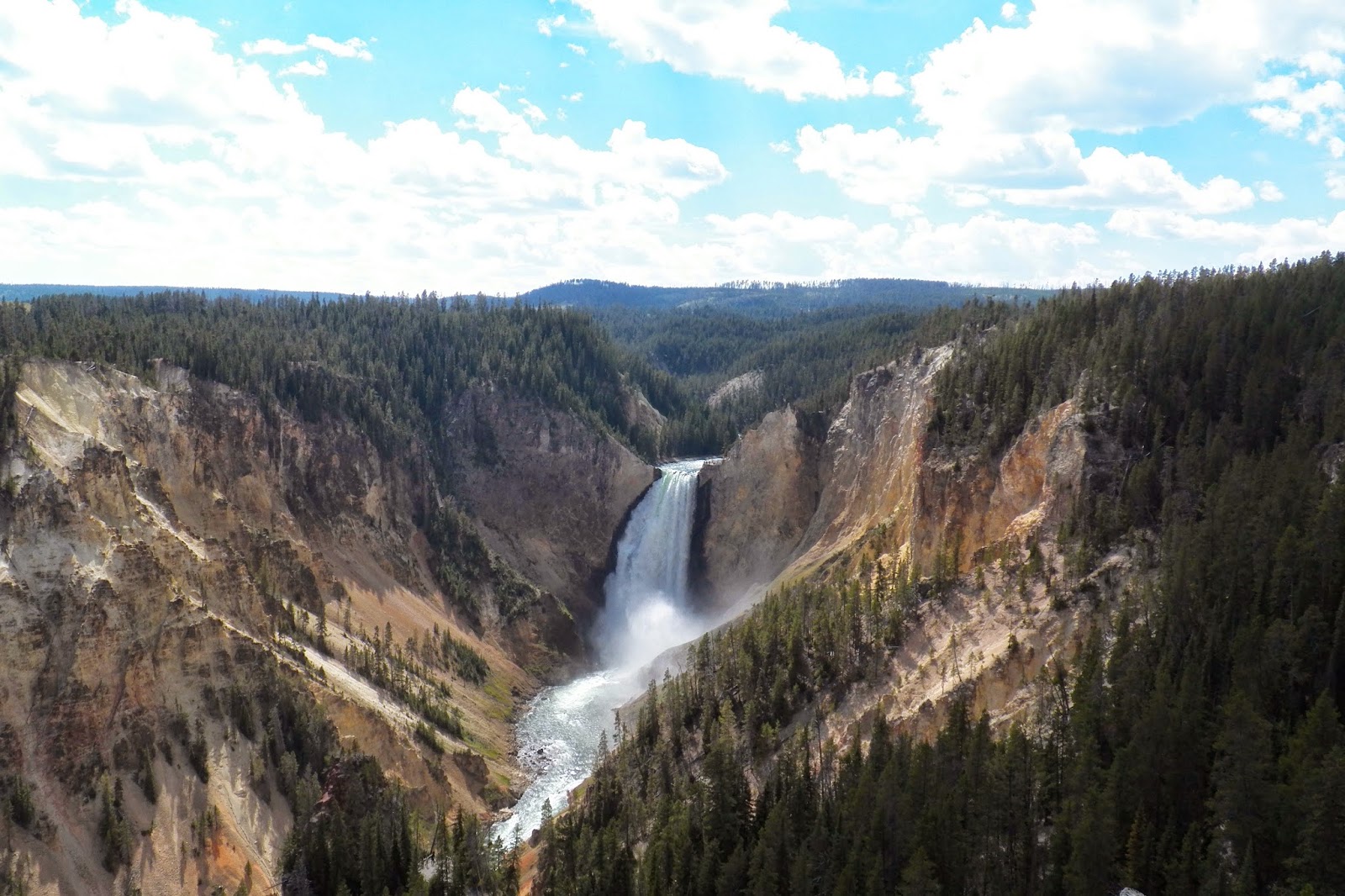FLOWER FLIES (BEEFLIES)
Flower fly or "beefly" on Stiff Goldenrod. Our little prairie is blooming with Stiff and showy goldenrods; Panicled , New England, and Smooth Asters. We have many Bumble Bees, wasps, honey bees, and other flying insects harvesting the pollen and nectar. But by far the most common visitor are the flower flys. Flower flys are indeed flies. They often imitate the bees for protection from preditors, and each and every flower will have at least one flower fly working it over.


















































